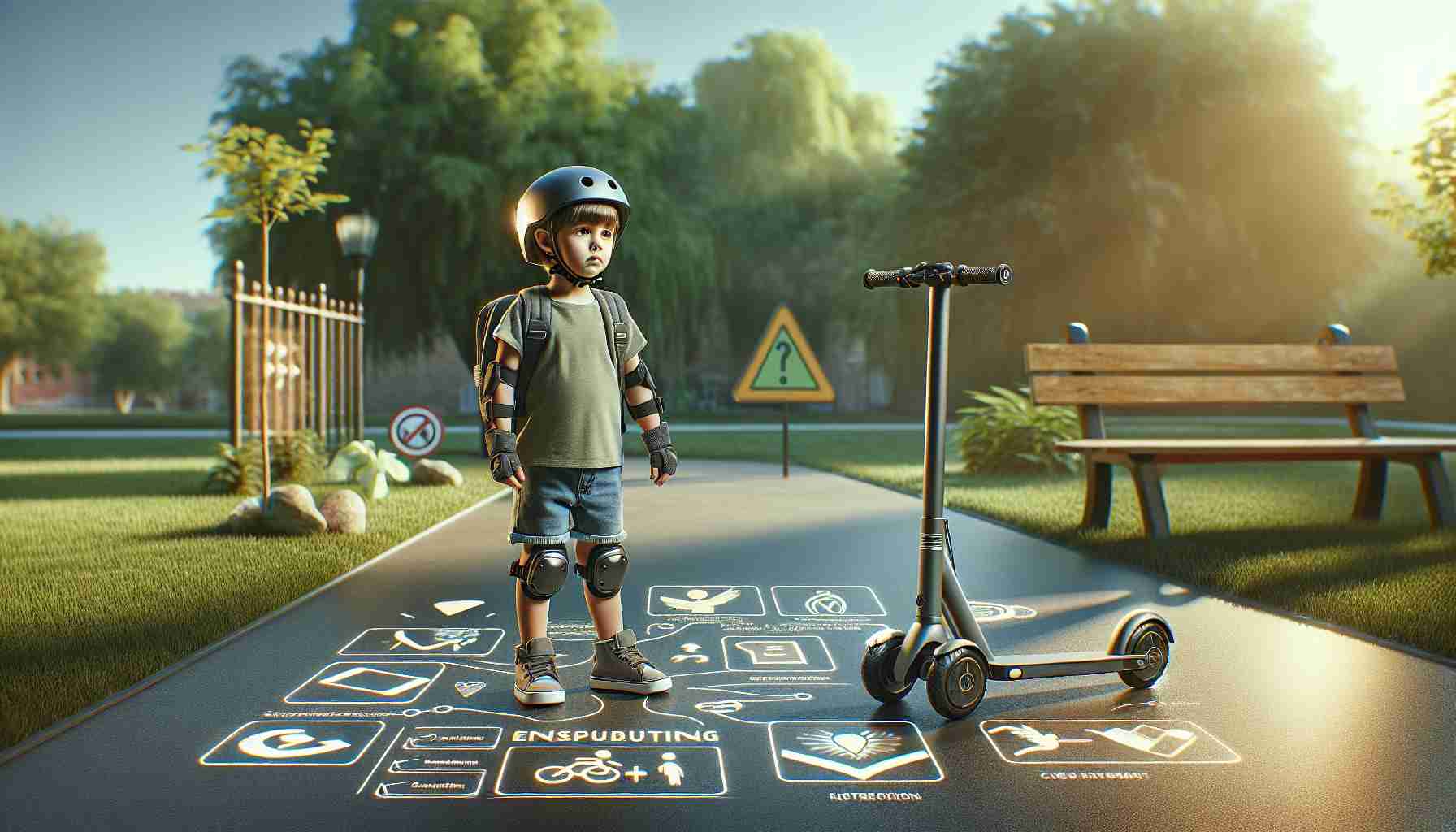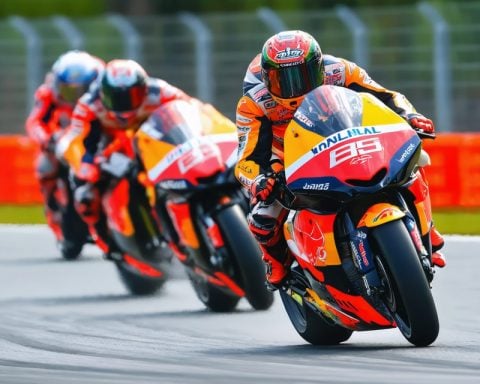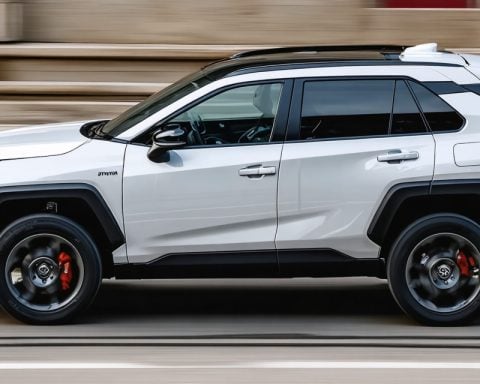Are you considering gifting your kids an e-scooter this holiday season? Before you make that purchase, it’s vital to understand the laws and regulations governing these popular vehicles.
Motorized foot scooters, commonly known as e-scooters, are defined in state law as devices with handlebars that can accommodate either standing or sitting operators. These scooters, powered by electric motors, can reach up to 15 miles per hour on a flat surface and typically have two wheels with a maximum diameter of 12 inches.
In Minnesota, e-scooter regulations are similar to those for bicycles, giving operators the same rights on the road. Notably, you won’t need to register the scooter or carry insurance. However, riders must be at least 12 years old to operate one. Importantly, e-scooters aren’t permitted on sidewalks, though they can be ridden on bicycle paths or lanes unless specifically restricted.
When riding, operators are required to adhere to the same traffic laws as cyclists. For instance, during left turns, they must dismount and cross on foot. Additionally, passengers are not allowed.
Safety is paramount, especially for younger riders. Anyone under the age of 18 is required to wear a helmet, and when riding at night, the scooter must be equipped with a headlight and rear reflector that meet specific visibility standards. Equip your child safely and responsibly this Christmas!
Essential Guide to E-Scooters for Kids: Laws, Safety, and Best Practices
Understanding E-Scooter Regulations for Kids
As e-scooters continue to gain popularity among children and teens, knowing the laws governing their use is crucial for parents considering them as gifts. The growing model of electric scooters offers a fun way to travel, but with it comes the responsibility of maintaining safety and compliance with local regulations.
E-Scooter Features and Specifications
E-scooters are typically defined by:
– Speed: E-scooters can reach speeds up to 15 miles per hour, making them appropriate for older kids with experience.
– Wheels: Most models feature two wheels with a maximum diameter of 12 inches, providing stability and portability.
– Design: E-scooters come with handlebars and can be designed for either sitting or standing operators.
Safety Guidelines
The safety of young riders is paramount. Here are essential guidelines to follow:
– Age Requirement: In Minnesota, children must be at least 12 years old to ride an e-scooter safely.
– Helmet Use: It is mandatory for riders under 18 years old to wear a helmet while riding.
– Night Riding Regulations: If riding at night, the scooter should have a functional headlight and rear reflector to ensure visibility.
Riding Locations and Legal Restrictions
E-scooters are allowed on:
– Bike Paths and Lanes: Riders can use designated bicycle paths unless local regulations prohibit such use.
– Roadways: E-scooter operators have the same rights and responsibilities as cyclists, following traffic laws strictly.
However, e-scooters are not permitted on:
– Sidewalks: This restriction emphasizes safety for pedestrians and encourages riders to use paths designed for bicycles.
Pros and Cons of Gifting E-Scooters
Pros:
– Encourages Outdoor Activity: Riding an e-scooter promotes an active lifestyle for children.
– Convenient Transportation: Great for short distances, making it easy to navigate around neighborhoods.
Cons:
– Potential Safety Risks: Speed and traffic could lead to accidents, especially for inexperienced young riders.
– Regulatory Confusion: Different states and cities have varying laws regarding e-scooter use, which can be confusing.
Market Trends and Insights
The e-scooter market is witnessing significant growth, especially among younger demographics. Parents are increasingly looking for alternative modes of transport for their kids that are both fun and environmentally friendly. As urban areas expand, e-scooters represent a sustainable choice for short commutes.
Pricing and Use Cases
E-scooter prices can range from $200 to $600 depending on features, brand, and durability. When choosing an e-scooter, consider:
– Weight Limit: Ensure the e-scooter can support your child’s weight comfortably.
– Battery Life: A longer battery range is preferable for sustained use without frequent recharging.
Innovations in E-Scooter Technology
Many modern e-scooters feature:
– Smartphone Compatibility: Integration with mobile apps for tracking speed, distance, and battery life.
– Anti-lock Braking Systems: Enhancing safety during sudden stops.
Conclusion
Gifting an e-scooter can be a rewarding decision that combines fun with practical transportation. However, safety measures and understanding local laws are pivotal in ensuring a positive experience for young riders. Equip your child wisely this holiday season and enjoy the thrill of new adventures on e-scooters!
For further insights on e-scooters, you can visit ElectricScooters.com.













